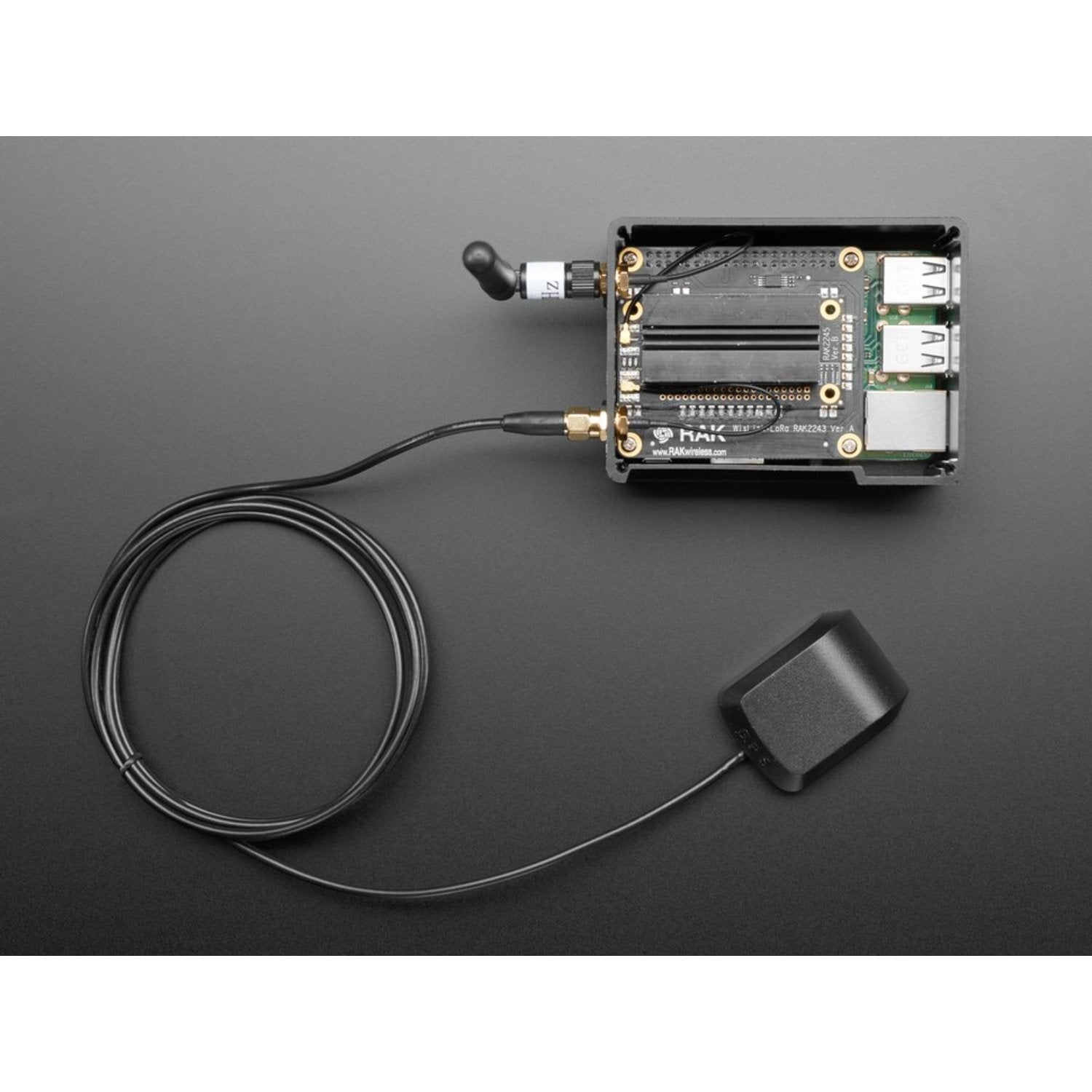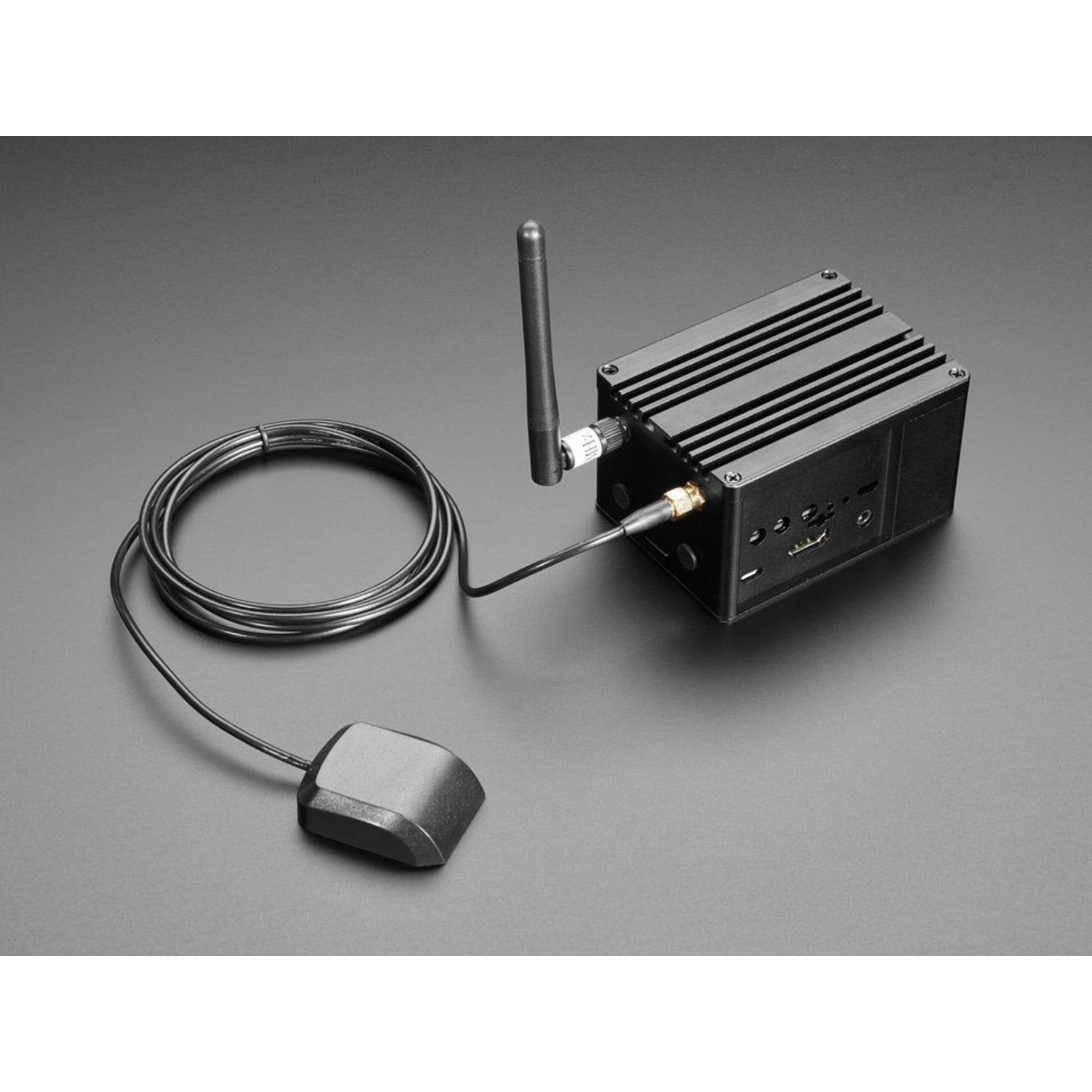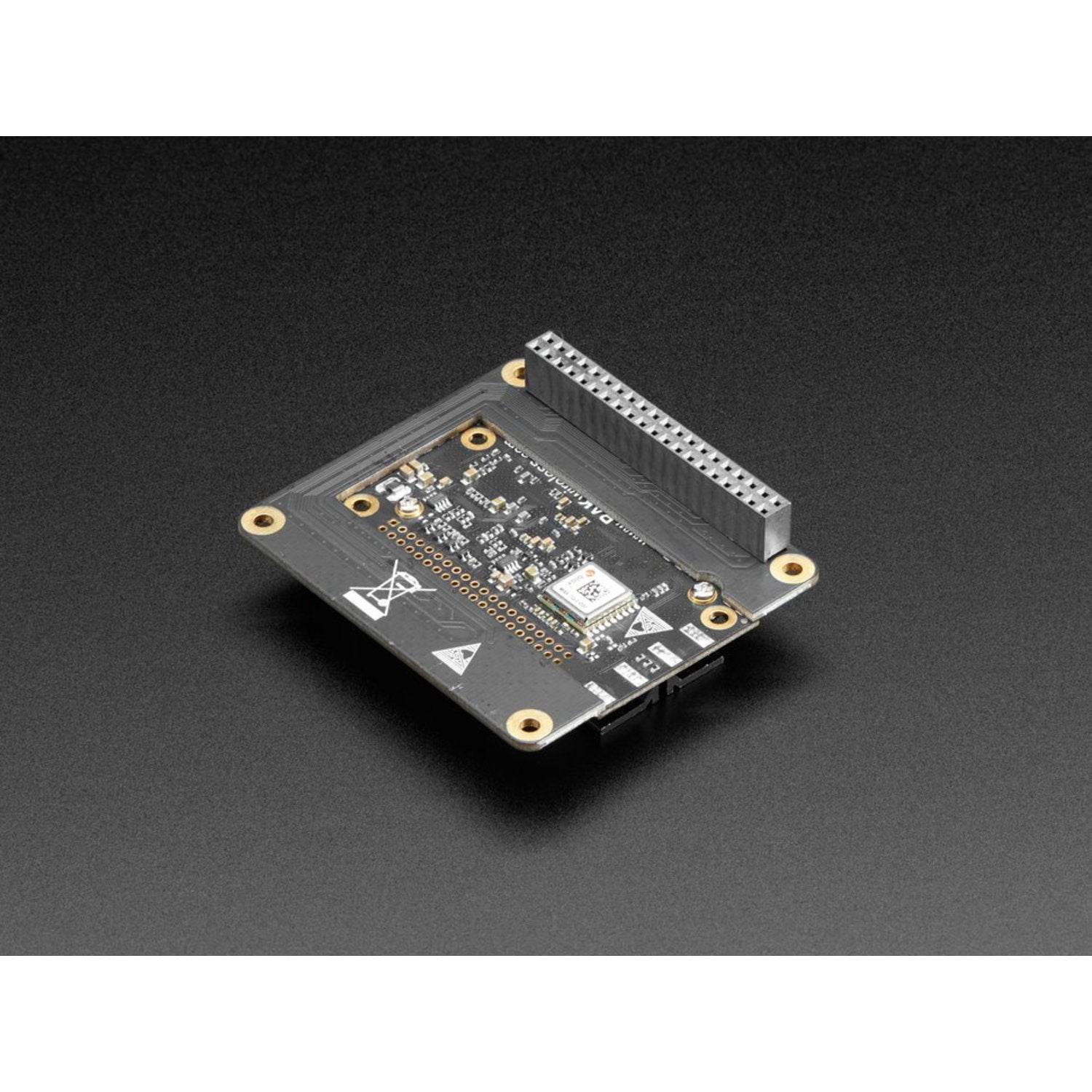If you're working on a Raspberry Pi project and need to transfer data, the built-in WiFi module in newer Pi models is usually enough. But WiFi has a limited range and requires investment and setup. If your project is in a remote area without WiFi or a strong cellular network, like a rural place, you need an alternative. LoRa Radio is a great choice. It's a smart, long-range wireless technology that enables IoT without cellular fees. This LoRa HAT from RAK Wireless allows multi-channel, multi-node communication in a user-friendly Raspberry Pi environment. Unlike the basic LoRa gateway bonnet, this chipset supports all 8 channels, handling multiple clients on different LoRa channels without code changes. The kit includes a 915MHz LoRa concentrator + GPS shield, a 16GB MicroSD card, a magnetic mount GPS/GNSS antenna, a 915 MHz LoRa antenna, and a mounting kit. After setting up your Internet-to-LoRa gateway with this kit, you can make LoRa nodes using our Feather line for easy sensor network deployment. Remember to use 900 MHz LoRa modules to match the transceiver HAT's frequency. Note: This kit is only compatible with Raspberry 3 B+. The Raspberry Pi and enclosure are not included. You'll also need a power supply and peripherals like the Pilot Gateway Pro LoRa Enclosure Kit, Raspberry Pi 3 - Model B+, and a USB 2.5A Power Supply.



Using this 8-Channel SX1301 LoRa Gateway HAT is easy. First, make sure you have a Raspberry Pi 3 B+ as this kit is only compatible with it. The Raspberry Pi and enclosure aren't included, so you'll need to get them separately. Also, don't forget to grab a power supply and peripherals like the Pilot Gateway Pro LoRa Enclosure Kit, Raspberry Pi 3 - Model B+, and a USB 2.5A Power Supply. Install the 16GB MicroSD card into your Raspberry Pi. Then, attach the magnetic mount GPS/GNSS antenna and the 915 MHz LoRa antenna using the mounting kit. Once your Internet-to-LoRa gateway is set up, you can create LoRa nodes with our Feather line for battery - powered sensor networks. Just ensure you use 900 MHz LoRa modules to match the transceiver HAT's frequency. When it comes to maintenance, keep the antennas clean and free from damage. Store the kit in a dry place when not in use. And always double - check the connections to make sure everything is working properly.